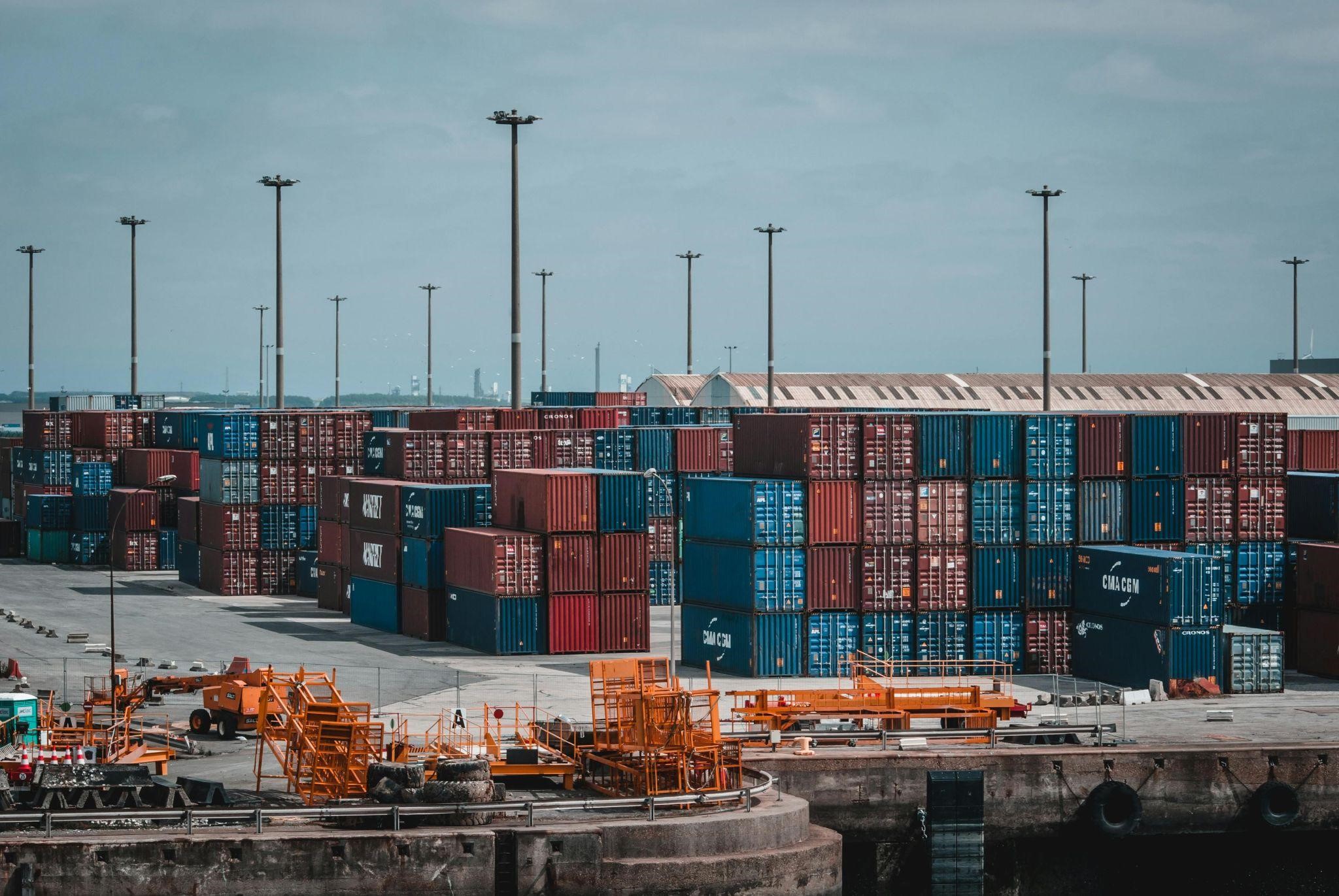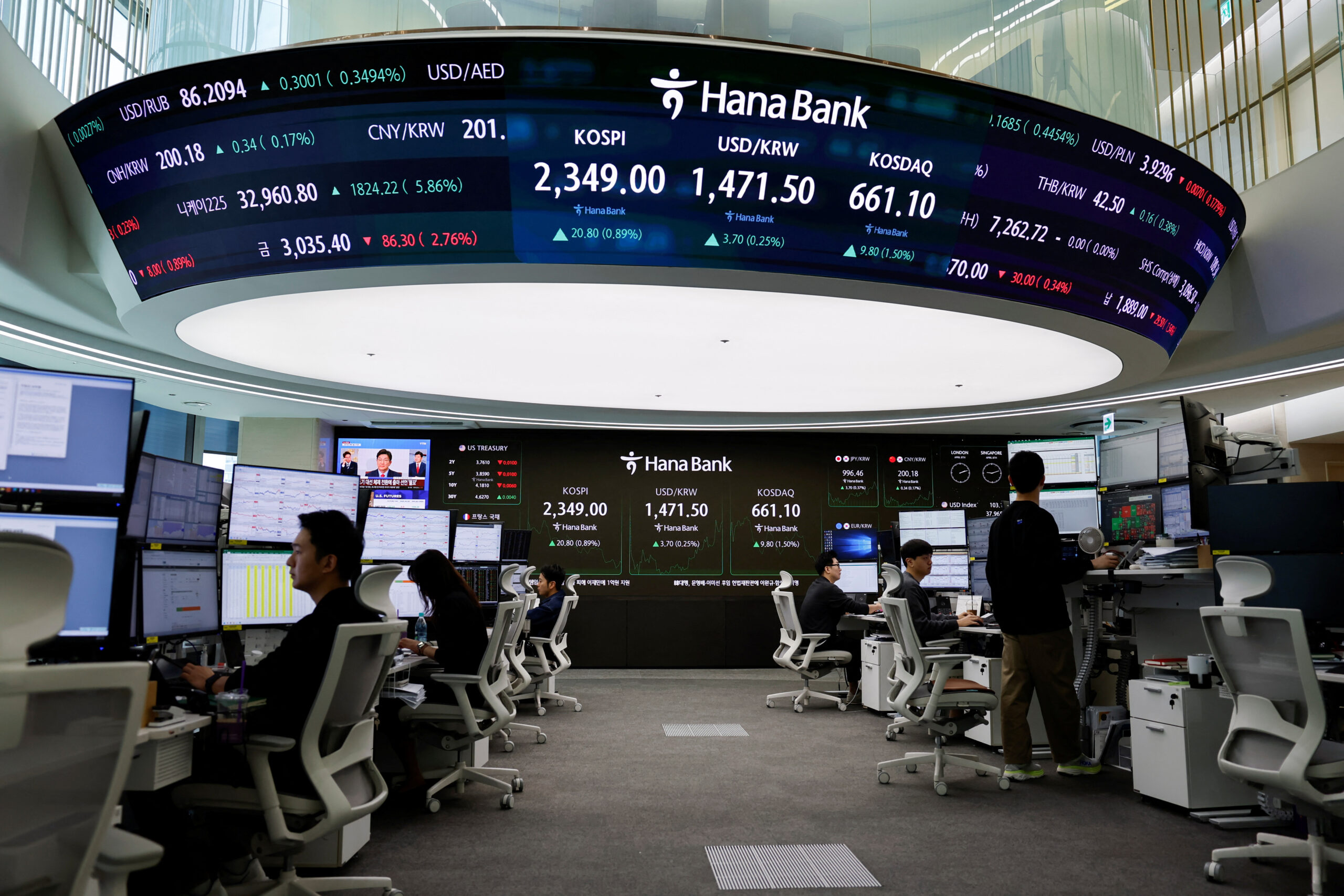
Labor Market Conditions in 2025
The labor market conjuncture refers to the balance between demand for labor and its supply in the labor market. In this context, labor demand means the requirement of employers for workers to produce goods and services, in relation to the overall economic demand. Labor supply comprises those who are employed and wage‑earning, as well as that portion of the working‑age population that is willing and able to enter employment.
The conjuncture of the labor market depends on a number of factors, such as:
the state of the economy (expansion or contraction), the sectoral structure of the economy, and the level of technological development;
the well‑being of the population (including per capita income levels);
the development of markets for goods, services, housing, and securities;
the condition of social and production infrastructure;
the degree of economic pluralism (multiple forms of economic activity);
the development of integrative linkages (sectoral and territorial).
In addition, demographic, ethnic, social, political, ecological, and other factors affect the conjuncture. Depending on the relationship between demand and supply, three types of labor market conjuncture can be distinguished:
Labor‑deficit — when the labor market faces a shortage of labor supply;
Labor‑surplus — when there is a large number of unemployed and hence excess labor supply;
Equilibrium — when demand for labor corresponds to its supply.
Each year, the conjuncture of this market undergoes certain shifts, primarily linked to global transformations in the world economy. For example, in 2024 the global labor market conjuncture was characterized by relative stability amid economic slowdown, but with uneven recovery from the pandemic and mounting challenges in the form of social inequality, particularly gender disparities. Although the aggregate shortage of job opportunities declined, imbalances persisted, and the International Labour Organization (ILO) forecasted increases in unemployment and inequality of a structural nature.
As of May 2024, unemployment stood at approximately 4.9%—a historically low level. In the European Union, since 2019, employment increased by 5.5 million people while the labor force increased by 4 million, and unemployment decreased by 1.4 million. Nevertheless, most European and global countries report shortages of workers in specific sectors, namely:
medical personnel: doctors, nurses, caregivers;
engineers and technical specialists;
IT professionals — especially in artificial intelligence, cybersecurity, and data analytics;
workers in construction and transportation.
Simultaneously, there is an oversupply in administrative roles, design fields, and certain humanities professions. One of the most significant trends has been the shift in employers’ attitude toward education. Increasingly, practical skills are valued over formal credentials, especially in fast-evolving sectors such as AI, digital marketing, and green energy.
Research indicates:
job postings requiring AI-related skills have increased by 21%, while requirements for higher education have decreased by 15%.
both the digital and ecological transformations are reshaping the employment landscape.
According to OECD estimates, around 20% of all jobs are already tied to the “green transition”: renewable energy, sustainable construction, recycling, and environmentally friendly transportation. At the same time, more traditional sectors—such as coal or gas—are losing ground. This creates risks for workers who will need retraining. Here the labor market faces a challenge: how quickly and effectively can millions of workers be retrained?
The year 2024 demonstrated that the labor market lives in conditions of rapid and constant change. Our primary task is not merely to observe, but to act: develop skills, support people during transitions, create new opportunities, and — critically — make the labor market fair, resilient, and accessible to all.
As already noted, annual shifts in employment markets continue, and 2025 is no exception. In 2025 there is a slowdown in the labor market, with fewer vacancies and increased job‑seeker activity, signaling a move toward more deliberate hiring and intensification of competition for talent. Among major trends are the influence of technologies (AI and automation), the rise of the gig economy, an emphasis on employee well‑being, and the importance of flexibility, personalization, and adapting to changing candidate expectations.
Whereas remote work was a necessary measure in 2020, by 2025 it has become a deliberate choice. Over 22 million Europeans now work in hybrid or remote formats. This gives rise to new forms of labor relations:
cross‑border employment;
the freelance economy;
digital nomads — workers without fixed location or employer.
Traditional labor laws lag behind these developments. Europe is beginning to seek balance: how to regulate flexible employment, maintain social protections, and avoid the expansion of informal economy. The year 2025 is marked by accelerated digitization and ecological reorientation of the economy. According to reports from the World Economic Forum, more than 40% of workers across sectors are subject to technological changes and the need to adapt to “green” standards.
In response, demand rises for professionals with competencies in artificial intelligence, automation, and sustainable development. A crucial trend is the shift from formal education to skills-based evaluation—employers increasingly assess candidates by practical competencies rather than merely academic credentials.
Despite general trends, the European labor market exhibits significant regional variation. Northern and Western countries demonstrate stable demand for highly skilled labor and investment in emerging technologies, while Southern and Eastern states face challenges such as low productivity and migration losses. However, regions with proactive migration policies and investments in green technologies are showing sustainable economic growth, underscoring the necessity of differentiated employment development strategies.
The year 2025 has shown: stability is possible only under conditions of flexibility, mobility, and retraining. The main lessons of the time:
Skills matter more than diplomas.
Education is a continuous process.
Migration is a resource, not a threat.
Flexibility is not a privilege, but a requirement of the era.
The labor market of the future is not a place that waits for you, but a space to which one must adapt, learn, and evolve. Those who master movement in this shifting landscape will shape the economy of tomorrow.
The conjuncture of the labor market depends on a number of factors, such as:
the state of the economy (expansion or contraction), the sectoral structure of the economy, and the level of technological development;
the well‑being of the population (including per capita income levels);
the development of markets for goods, services, housing, and securities;
the condition of social and production infrastructure;
the degree of economic pluralism (multiple forms of economic activity);
the development of integrative linkages (sectoral and territorial).
In addition, demographic, ethnic, social, political, ecological, and other factors affect the conjuncture. Depending on the relationship between demand and supply, three types of labor market conjuncture can be distinguished:
Labor‑deficit — when the labor market faces a shortage of labor supply;
Labor‑surplus — when there is a large number of unemployed and hence excess labor supply;
Equilibrium — when demand for labor corresponds to its supply.
Each year, the conjuncture of this market undergoes certain shifts, primarily linked to global transformations in the world economy. For example, in 2024 the global labor market conjuncture was characterized by relative stability amid economic slowdown, but with uneven recovery from the pandemic and mounting challenges in the form of social inequality, particularly gender disparities. Although the aggregate shortage of job opportunities declined, imbalances persisted, and the International Labour Organization (ILO) forecasted increases in unemployment and inequality of a structural nature.
As of May 2024, unemployment stood at approximately 4.9%—a historically low level. In the European Union, since 2019, employment increased by 5.5 million people while the labor force increased by 4 million, and unemployment decreased by 1.4 million. Nevertheless, most European and global countries report shortages of workers in specific sectors, namely:
medical personnel: doctors, nurses, caregivers;
engineers and technical specialists;
IT professionals — especially in artificial intelligence, cybersecurity, and data analytics;
workers in construction and transportation.
Simultaneously, there is an oversupply in administrative roles, design fields, and certain humanities professions. One of the most significant trends has been the shift in employers’ attitude toward education. Increasingly, practical skills are valued over formal credentials, especially in fast-evolving sectors such as AI, digital marketing, and green energy.
Research indicates:
job postings requiring AI-related skills have increased by 21%, while requirements for higher education have decreased by 15%.
both the digital and ecological transformations are reshaping the employment landscape.
According to OECD estimates, around 20% of all jobs are already tied to the “green transition”: renewable energy, sustainable construction, recycling, and environmentally friendly transportation. At the same time, more traditional sectors—such as coal or gas—are losing ground. This creates risks for workers who will need retraining. Here the labor market faces a challenge: how quickly and effectively can millions of workers be retrained?
The year 2024 demonstrated that the labor market lives in conditions of rapid and constant change. Our primary task is not merely to observe, but to act: develop skills, support people during transitions, create new opportunities, and — critically — make the labor market fair, resilient, and accessible to all.
As already noted, annual shifts in employment markets continue, and 2025 is no exception. In 2025 there is a slowdown in the labor market, with fewer vacancies and increased job‑seeker activity, signaling a move toward more deliberate hiring and intensification of competition for talent. Among major trends are the influence of technologies (AI and automation), the rise of the gig economy, an emphasis on employee well‑being, and the importance of flexibility, personalization, and adapting to changing candidate expectations.
Whereas remote work was a necessary measure in 2020, by 2025 it has become a deliberate choice. Over 22 million Europeans now work in hybrid or remote formats. This gives rise to new forms of labor relations:
cross‑border employment;
the freelance economy;
digital nomads — workers without fixed location or employer.
Traditional labor laws lag behind these developments. Europe is beginning to seek balance: how to regulate flexible employment, maintain social protections, and avoid the expansion of informal economy. The year 2025 is marked by accelerated digitization and ecological reorientation of the economy. According to reports from the World Economic Forum, more than 40% of workers across sectors are subject to technological changes and the need to adapt to “green” standards.
In response, demand rises for professionals with competencies in artificial intelligence, automation, and sustainable development. A crucial trend is the shift from formal education to skills-based evaluation—employers increasingly assess candidates by practical competencies rather than merely academic credentials.
Despite general trends, the European labor market exhibits significant regional variation. Northern and Western countries demonstrate stable demand for highly skilled labor and investment in emerging technologies, while Southern and Eastern states face challenges such as low productivity and migration losses. However, regions with proactive migration policies and investments in green technologies are showing sustainable economic growth, underscoring the necessity of differentiated employment development strategies.
The year 2025 has shown: stability is possible only under conditions of flexibility, mobility, and retraining. The main lessons of the time:
Skills matter more than diplomas.
Education is a continuous process.
Migration is a resource, not a threat.
Flexibility is not a privilege, but a requirement of the era.
The labor market of the future is not a place that waits for you, but a space to which one must adapt, learn, and evolve. Those who master movement in this shifting landscape will shape the economy of tomorrow.



